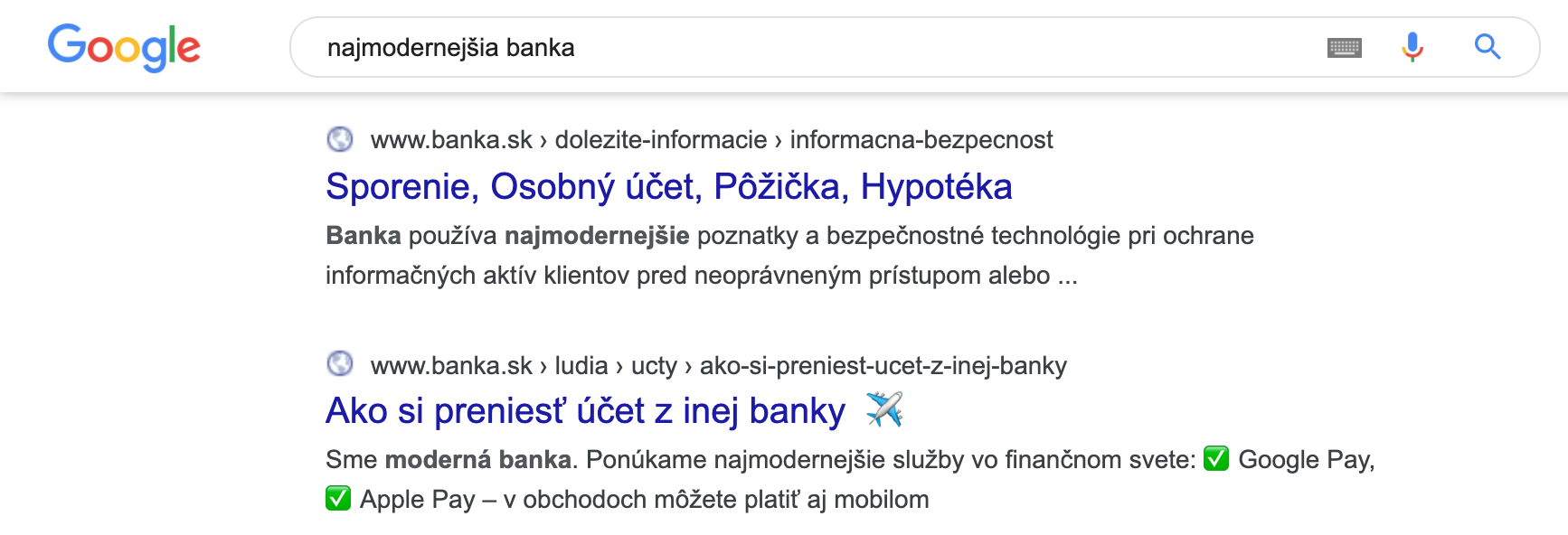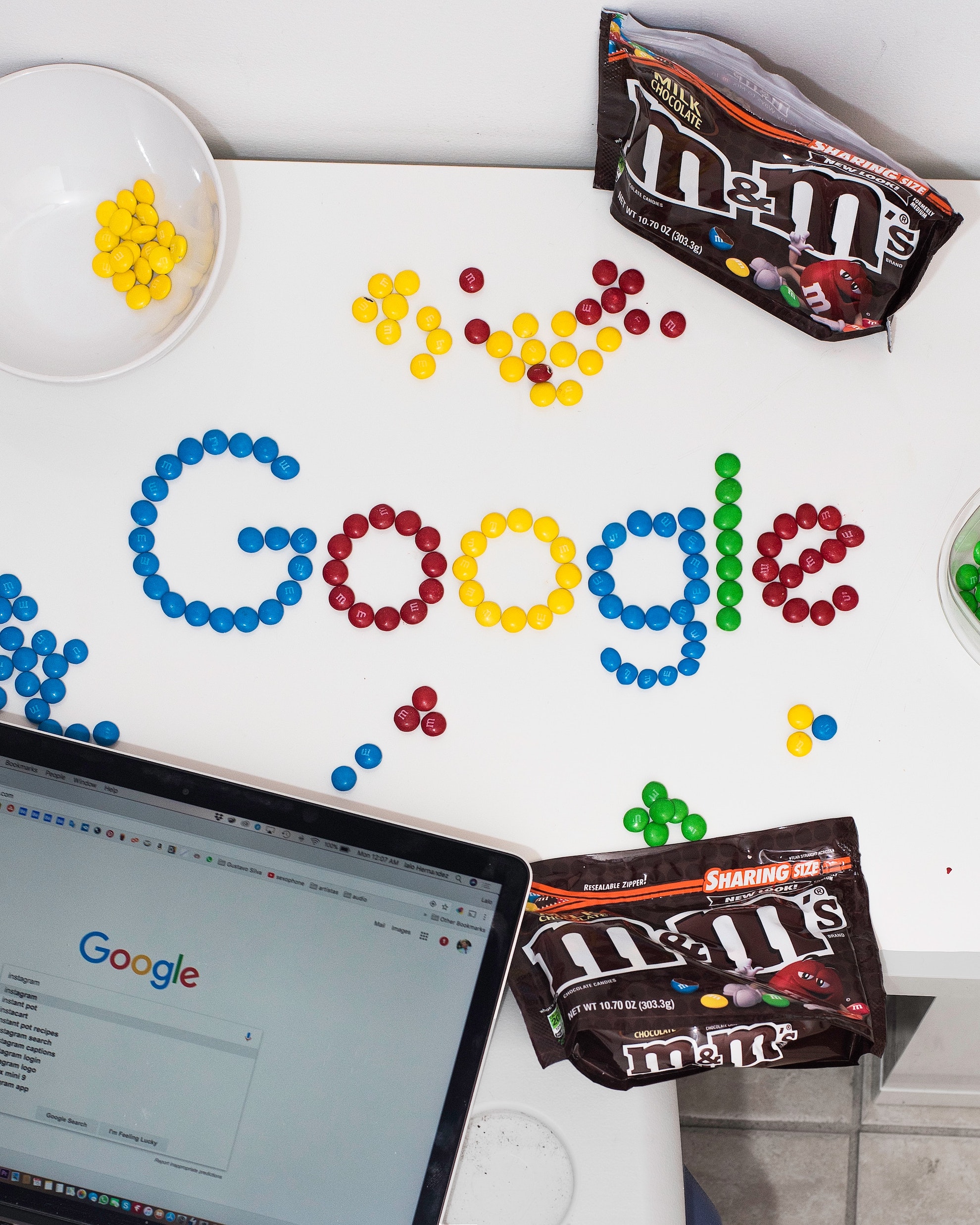There is a countless number of articles focusing on SEO on the Internet. This topic is inseparable from any business that depends on a website. Copywriters and of course SEO specialists should have the most practical experience with SEO. If you manage your website by yourself, or only with a small team of people and want to bring more visitors “for free”, we have a few tips how to do it, how to start optimisation on your own and not damage anything.
At first, it seems fitting to explain some of the basic principles and terms.
Basic terms
Search engine – Google, Yahoo, Bing and others, are tools where you can enter a searched term and the search engine will show you websites it considers relevant.
Key word – a searched term, or in other words, a phrase based on which you want your website to be displayed in search results.
Competition – a known word. From the SEO perspective, it’s important to prepare an overview of how many competitors do business in the same segment. It’s necessary to analyse the number of results which are displayed in the search for a specific key word. The more results there are, the more difficult is the journey to the top 3 search results.
Basic rules
SEO is not for free. Although I have said “for free” in the first paragraph, SEO isn’t for free because it constantly requires investments of your time and often additional analytical tools as well so you can keep your position in Google results.
Try to customize your content for visitors not only for Google. Try to make your text understandable, easily readable and clear. Don’t try to cram it with a lot of key words and synonyms. Search engines are nowadays able to understand context and a text crammed with similar terms is evaluated rather negatively.
Optimise for multiple words at one website. Better said, optimise for the entire topic that the key word is related to.
Avoid abbreviations, if they’re not spread within the target group. If you have locally used abbreviation, but they aren’t used globally, rather use the entire word.
Basic on-site SEO components
Main H1 heading tag – should occur only once at your website. It’ll help the visitor to identify the topic of the article, therefore, use a key word in it in some form. At the same time try to write it in an engaging way without revealing all at once, so the person is motivated to read on. Great tags promise an interesting result and partially introduce also a part of your know-how or provide new knowledge/experience: “How we increased the investment return in online ads by 200%”, “Efficient tips to increase productivity”, “Book worth reading”...
Second level H2 heading tag – it should only occur once at your website, similarly to the H1 tag. It can be a free continuation of the main tag. If necessary, it can feature 2–3 sentences and very briefly introduce a summary of the article’s content.
H3 sub tag – can occur multiple times at your website and is most effectively used when it separates respective thematic paragraphs of the text.
Marking words in bold and italics – we mark words or phrases in a way which gives the visitor a rough idea about the text once they have quickly scanned through it and at the same time can find the section, they’re most interested in. Secondly, marking key words by formatting using bold gives Google a signal that you want to draw attention to these particular words and it then evaluates their relevance.

Title – the search result heading should motivate to read the article and contain a key word, just like the H1 heading tag. Ideally, it’s a little bit different from the main heading tag. Be original, you can even use emojis.
Description – a short description in search results. Each sub-page should have its own description. Try to say something about the content in two sentences. Use one, at most two key words, be original and try to motivate a click through.
What should be the content of my texts?
There is no universal answer to this question. Do a simple exercise – put yourself in the shoes of your client and think about what information they can look for. The information can be related to product texts, how-to or DIY articles, tutorials or case studies. You can draw inspiration from the content your competition is dealing with and develop the topic in a better way and more clearly. Don’t be afraid to use examples of good practice in the article and mention your own mistakes from which you’ve learnt. Readers like to know that everybody fails sometimes and even the best still have a lot to learn.
Try to make your text look natural and understandable. And as far as key words are concerned, there can be too much of a good thing – use them in places where they seem natural and don’t try to force them into every sentence. You must realize that first and foremost you’re writing the article for people, not robots and search engines. Lastly, always read your creation after a couple of hours (ideally the next morning). There’s a good reason the saying goes, it’s best to sleep on it.

 Rudolf Rebry, 02. April 2020
Rudolf Rebry, 02. April 2020